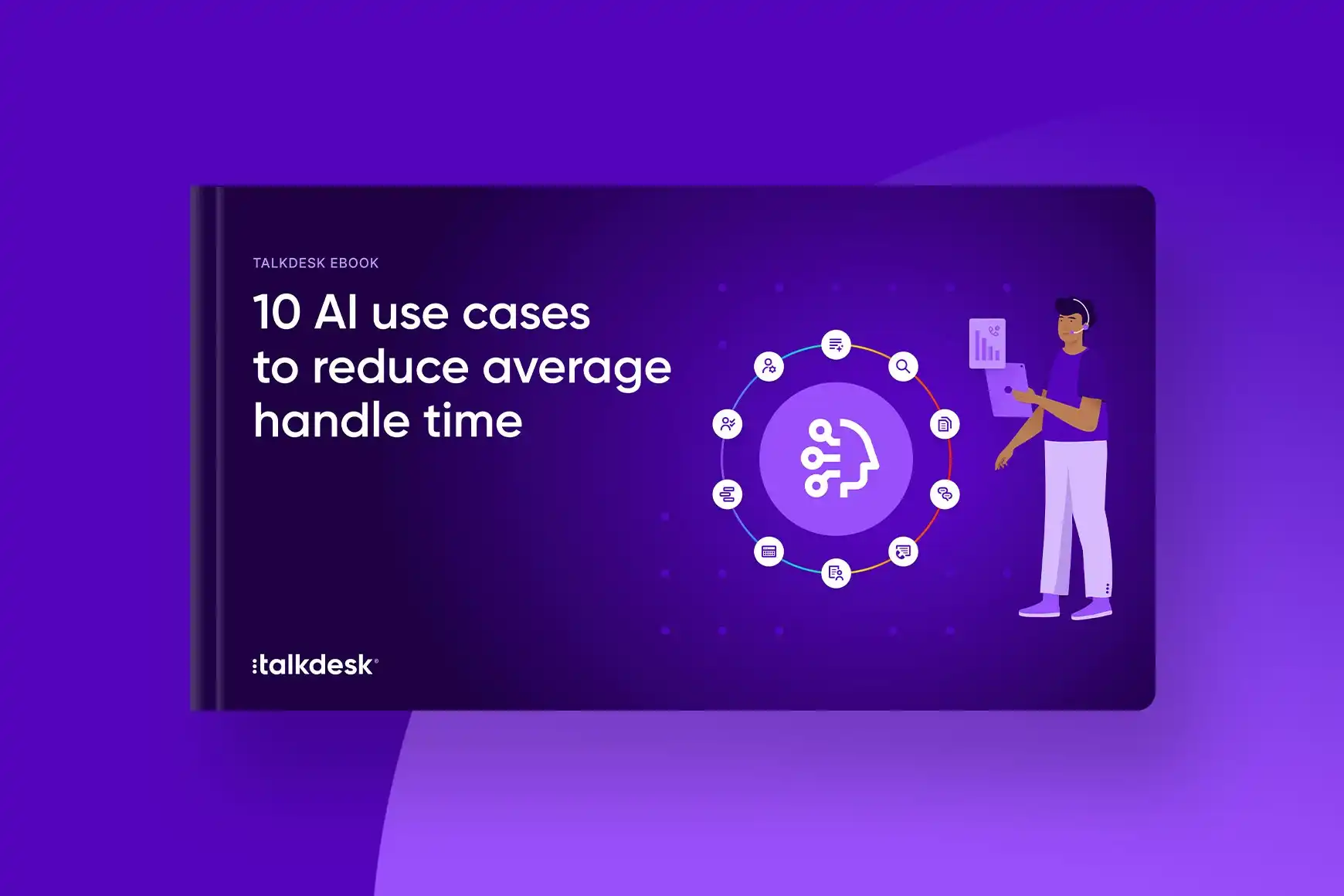How Long Do Callers Wait Before They Hang Up?

By Chandler Galt
0 min read

The multitude of customer data available to contact center platforms has executives scratching their heads at how to best leverage that data to drive business decisions. According to Dimension Data, though 58% of organizations agree analytics will help improve the customer journey, 64% still have no data analysis capability that combines data from all channels. It’s no surprise that more executives are turning to data science to understand their businesses and improve against key performance indicators.
Image source: Dimension Data Global Customer Experience Benchmark Report 2017

Data science is the study of the generalizable extraction of knowledge from data. It goes beyond uncovering knowledge to explain the past and is used to glean actionable insights to make better decisions and impact the future of businesses performance. Creating accurate and impactful insights requires a platform with customizable reporting—like Talkdesk—so you can measure and optimize the metrics that matter most to your business.
Data science is the study of the generalizable extraction of knowledge from data. It goes beyond uncovering knowledge to explain the past and is used to glean actionable insights to make better decisions and impact the future of businesses performance. Creating accurate and impactful insights requires a platform with customizable reporting—like Talkdesk—so you can measure and optimize the metrics that matter most to your business.
Waiting time is one of the important contact center metrics. Waiting time, or Average Speed of Answer, is indicative of how organized your contact center staffing and management is and how well you can engage customers when you absolutely need to make them wait. If the importance of waiting time experience isn’t already clear to you, consider this: an AT&T survey found that on average customers will hang up after waiting for 90 seconds, but callers who listened to music while on hold thought a 30 second wait was only 15 seconds. Additionally, you often only get one shot at connecting with an inbound caller—according to Voice Response, Inc., about 34% of callers who hang up won’t call back, ever.
To understand the different factors that go into waiting time in a contact center, our data science team compared waiting times across industries. Globally, Talkdesk accounts have a low waiting time with inbound calls waiting in queue between one and a half minute or four minutes. Below are the key insights the team found after analyzing the data from our 1,400 customers. To shed further light on our analysis, we highlight two of our clients with totally different business model. First one, an online commerce enterprise with customers asking technical questions about provided software, and second one, a third party service company. Our objective was to analyze the effect of the nature of provided service in customer waiting time and their expectations.
It’s worth mentioning that the industry definition of waiting time is the time a call remains in the queue and ringing until an agent answers it. If the customer is sent to the waiting queue multiple times as a result of no answers or transfers, the waiting time for the call will be the total time spent in the waiting queue across all instances. Time spent in IVR or Voice Prompts is not included in this calculation.
Global Average Wait Time

To begin, the team examined at the waiting time for one of Talkdesk’s online commerce enterprise customers. Their customers wait for an average of seven minutes until they are picked up by an agent. Their waiting times are five times higher than the overall Talkdesk waiting time.
Online Enterprise: Average Wait Time

To have even a better understanding we picked a service company to compare their waiting time. Our service customer keeps a very tight control on their queues. On average callers wait less than one minute and their rate of abandoned calls is lower than Talkdesk’s global KPI.
Service Company: Average Wait Time

Wait time is a core measure of a contact center’s health. While the average waiting time varies across industries, there are several contributing factors including reducing time in queue and enhancing service level that you can optimize for success.

EBOOK
10 AI use cases to reduce average handle time
Learn how AI tools are being used to reduce average handle time and deliver prompt, accurate answers to customers.








